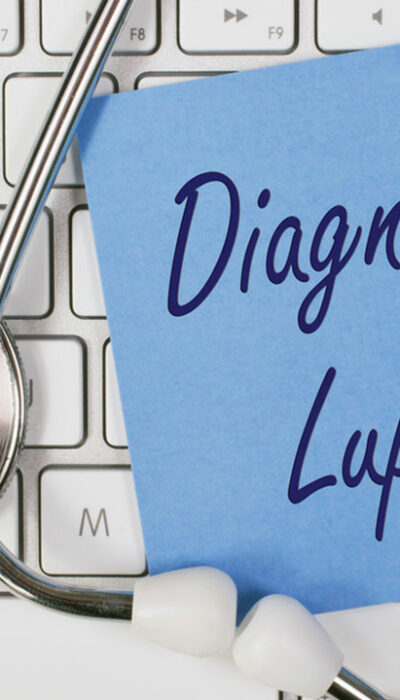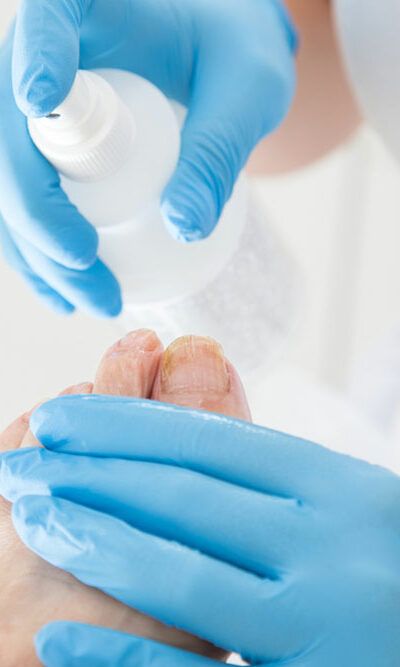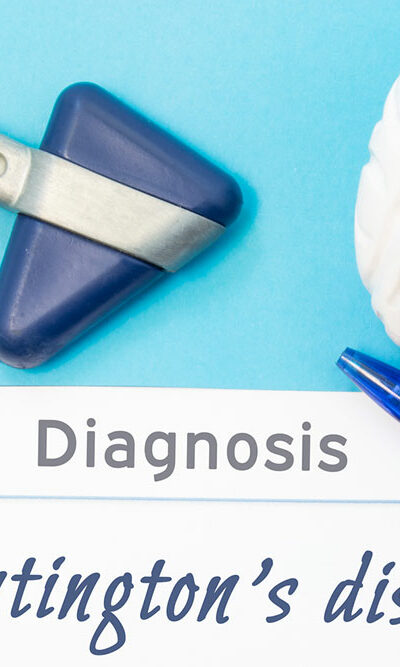
Lupus – Common symptoms and treatments
Lupus is a long-term autoimmune disease associated with inflammation and damage to various organs and tissues. The inflammation here results from the immune system attacking healthy tissues in the body after mistaking them for harmful invaders. Genetic factors, hormonal imbalances, high exposure to UV light, and stress are some common issues that trigger the condition. Knowing its symptoms and available management options can help one get a prompt diagnosis and treatment. Symptoms The most common form of the condition is systemic lupus erythematosus (SLE), which tends to affect multiple body parts and cause discomfort in those areas. Joint pain Pain or swelling in the ankles, wrists, and knees can develop due to inflammation in the lining of the joints. This also causes tenderness, stiffness, and aches in the joints as well as muscle pain and poor balance. Fever and fatigue Lupus may cause a high fever (over 100°F). This may make one feel fatigued without engaging in any physical activity. The persistent exhaustion may also make one take frequent naps during the day. Skin issues A telltale sign of lupus is skin rashes, especially butterfly-shaped ones (called malar rashes) across the cheek and nose. Depending on the skin tone, the rashes may be dark purple, brown, red, or pink. Additionally, fingers and toes can turn pale or purple when feeling cold or stressed. The skin may become more sensitive to sun rays or bright lights. Chest pain When dealing with lupus, one may find it difficult or painful to take deep breaths. This phenomenon is called pleurisy. Hair loss, seizures, mouth and nose sores are other common lupus symptoms. Treatment options Lupus is usually diagnosed with the help of a combination of tests—biopsy, imaging tests, urinalysis, kidney and liver assessment, and complete blood count. The tests also help confirm the severity of the condition, based on which treatment is determined.










